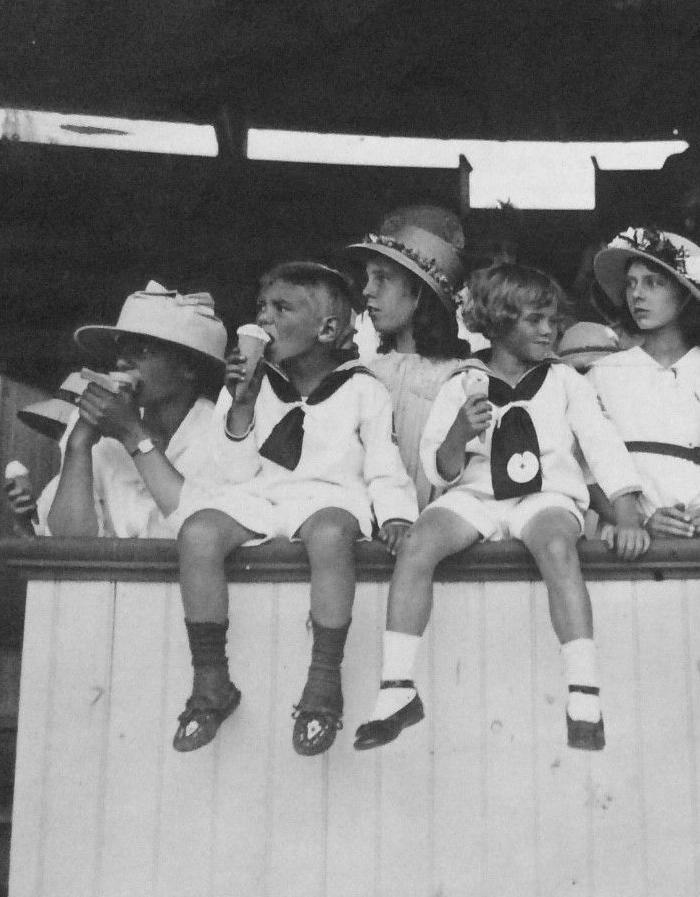 Figure 1.--Here we see a high society group during World War I raising money for the Red Cross. The american Red Cross during the war not only aided American servicemen, but the taeving people of war torn Europe. The press caption read, "A National Horse show for the benefit of the American Red Cross was held at Islip, L.I. Many of the nation's most prominent society folks participated. Our photo shows a junior social set of rail birds at the meet. Reading from left to right are: Lillin Hollins, Bobby Hollins, Beasie Belmomt, Gerard Hollins, Anita Potts, Faith Hollins, Polly Potts, and Nancy Morgan. They are all trying to cool off with ice cream cones." The photograph was dated July 29, 1918. Put your cursor on the image to see the rest of the group. |

